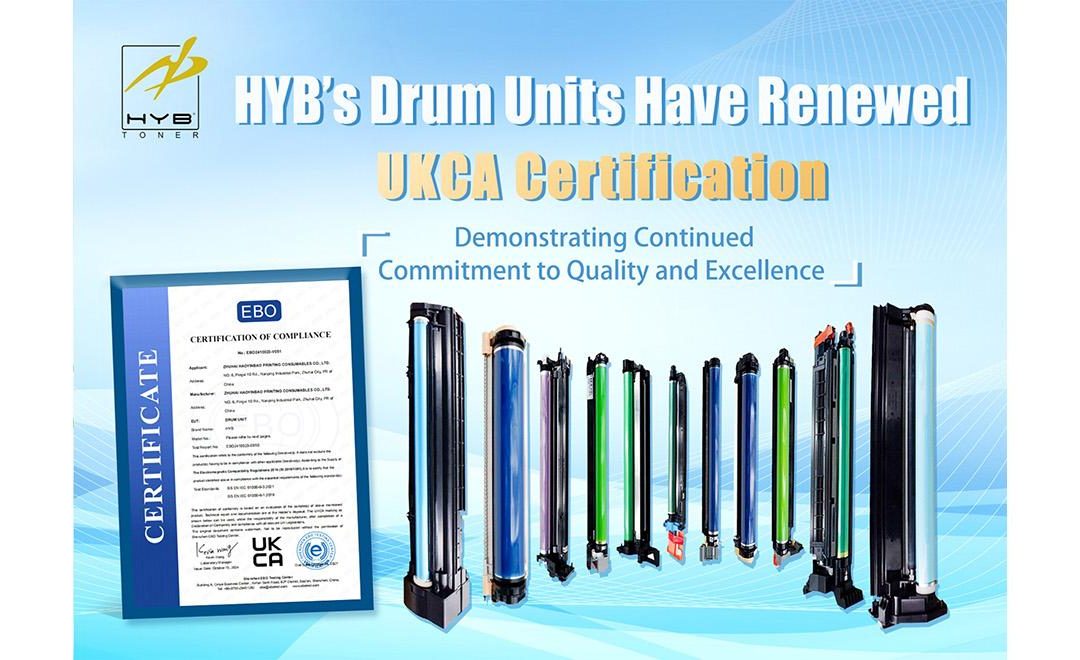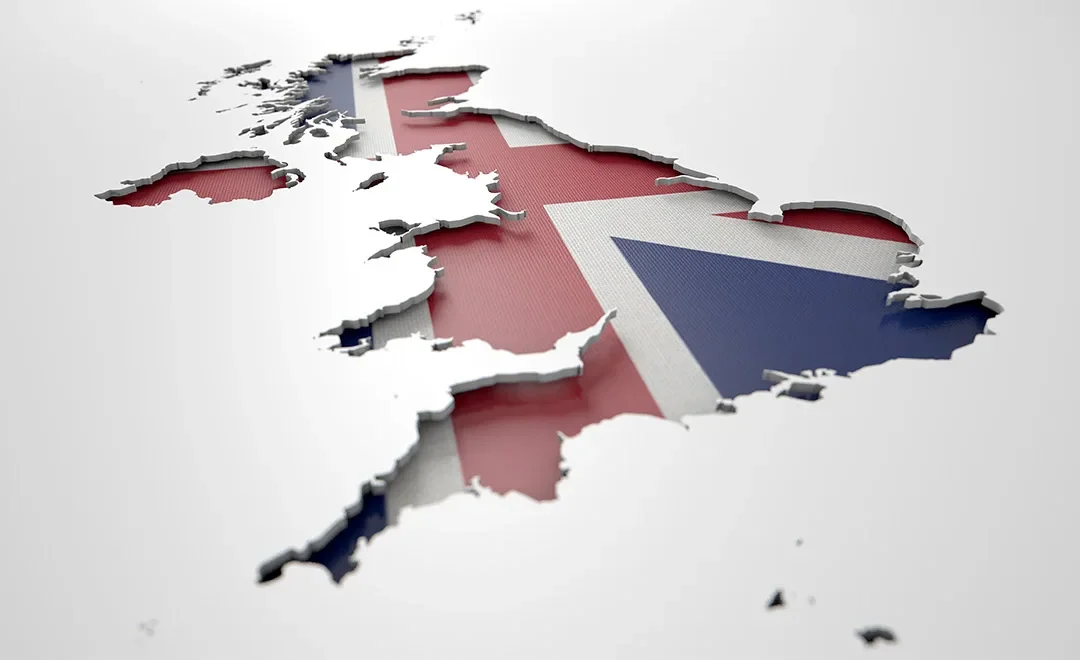 The UKCA mark is set to supersede the current CE mark after Britain’s withdrawal from the European Union, although both will be recognised during an indefinite “grace period.”
The UKCA mark is set to supersede the current CE mark after Britain’s withdrawal from the European Union, although both will be recognised during an indefinite “grace period.”
The UKCA (UK Conformity Assessed) mark, subject to parliamentary approval, will be used for products within certain categories that are placed on the UK market in the event of a No Deal Brexit, writes Womble Bond Dickinson for Lexology.
The legal firm recommends that all UK-based companies involved in the manufacture, distribution, or sale of products bearing the current CE mark must be aware of the changes, and start preparing for them immediately, as the draft legislation implementing the changes “is expected imminently.”
Following Brexit, which is currently scheduled to happen at 23:00 GMT on March 29 this year, there will be a grace period, currently of indefinite duration, wherein the EU’s CE mark will continue to be recognised, and products bearing it can continue to be freely sold in the UK. Those not yet CE marked, however, will need to be assessed and affixed with the UKCA mark. On the other side of the coin, British businesses exporting goods to the EU market will need to ensure products are reassessed and remarked by an EU-recognised conformity assessment body before reaching the market.
Womble Bond Dickinson adds that “a more attractive alternative is to arrange to transfer existing conformity assessment files to an EU Notified Body in advance of 29 March 2019.”
Furthermore, “where businesses have not completed the process of preparing a product to be placed on the market and intend to continue to rely on conformity assessment carried out by a UK-based conformity assessment body, the UKCA marking will be required instead of or as well as the CE marking,” post-Brexit, if said products are also to be placed on EU markets.
After Brexit, UK notified bodies will be granted new UK ‘approved body’ status, and will assess products for the British market against the national essential requirements, which will be the same as the EU essential requirements in the immediate term after withdrawal. Existing EU standards will become the UK designated standards, so these standards will not be changing post-Brexit.
Following the end of the grace period, businesses selling products on the UK market will need them assessed by a UK Approved Body in order to have the UKCA marking; products cannot reach the UK market without it.
For a time-limited period, manufacturers will be able to choose between the CE and UKCA marks; those businesses that self-declare conformity for the CE mark will be able to do the same with the UKCA mark. This will also be possible for products moving in the opposite direction, being exported to the EU.
It is also worth remembering for distributors, that a UK company distributed CE marked products brought in from the EU could now be classed as an importer, and the same in the opposite direction; this could lead to the imposition of additional obligations, according to EU legislation, such as including the importer’s name and address on the product or packaging. During the 18-month transition period immediately following withdrawal, importers into the UK may place this information on an accompanying document or label, as opposed to onto the product itself.
The legislation regarding the CE mark is expected soon, according to Womble Bond Dickinson, which advises manufacturers to place as many CE-marked products onto the market as possible prior to March 29, in order to “delay the immediate impact of Brexit” and allow manufacturers to put “longer-term plans in place.” Distributors are also encouraged to consider whether their status may change, and open a dialogue with their suppliers in view of this.























